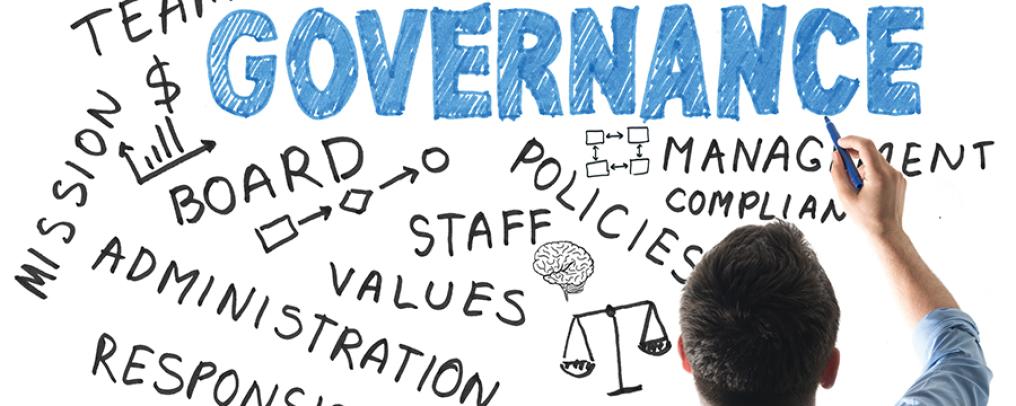Karen Pong, Project Coordinator, CSR Asia Hong Kong, looks at the growing global green bond market and its implications for Hong Kong and China.
In a newly released report, Hong Kong as a Regional Green Finance Hub, the Financial Services Development Council (FSDC) proposes five approaches to developing green finance in Hong Kong. Enabling Hong Kong to become the regional capital for green bond issuance is a key recommendation.What is a green bond?
Like any other bond, green bonds are a fixed-income financial instrument issuers use to raise a fixed amount of capital from investors over a set period of time, repaying the capital when the bond matures and paying an agreed amount of interest along the way. But unlike other bonds, a green bond must be labelled as 'green’ by the issuer publicly (note that this makes it different from, and more specific than, climate-aligned bonds) and its proceeds must be earmarked to fund projects, assets or business activities with an environmental benefit, be it clean energy, pollution control, green buildings, transportation and infrastructure, waste management, or any other climate or environment-related advancement. Enjoying the high mobility and low-risk nature of bond products, issuers can issue green bonds to fund their green projects, especially more substantial ones, at a lower financing cost. In return, investors are provided with opportunities to engage in and support green or low-carbon projects while reaping a low-risk return on investment.A growing global market
The recommendations of the FSDC make a lot of sense. One of the reasons is obvious: the growth of the global green bond market in the last three years has been dramatic. From 2012 to 2015, the value of the global green bond market increased by 1500%; from US$2.6 billion to US$41.8 billion. While the development banks remain important players, green corporate bonds became the catalysts of the market growth in 2014. Green city bonds issued by municipalities and cities have also been gaining popularity in various markets. While Europe remains the biggest player, with a total issuance of US$18.4 billion as of 2015, many other countries have joined the marketplace over the last two years. The demand for green bonds has often grown faster than the issuance and over-subscription has been extremely common. It is anticipated that 2016 will be another year of incredible growth for green bonds. In the first two months alone, various issuers, including Apple, ICBC and the Province of Ontario, already issued green bonds totalling US$12 billion. A complete list of all labelled green bonds are captured by the Carbon Bonds Initiative (CBI). The CBI has been tracking the green labelled market since 2009 (see:www.climatebonds.net). Green bond proceeds raised were tapped to address quite a few different environmental issues, but energy remains the most heavily invested area. The success of the UN climate change conference (COP21) at the end of last year might have given corporates and governments more pressure to figure out ways to finance energy efficiency and low-carbon initiatives in a more sustainable, long lasting way. In early 2016 for example, Apple issued a US$1.5 billion bond, the largest US corporate green bond to date, in order to finance clean energy projects across its global business operations.Due diligence concerns
One may question the definition and eligibility of 'green’ projects. While a universally accepted set of criteria has yet to be confirmed, the 'Green Bond Principles’ and the 'Climate Bond Standards’ released by the Climate Bonds Initiative in 2015, are the guidelines issuers reference when looking at use of proceeds; the process for project evaluation and selection; management of proceeds; and reporting on use of proceeds of the bonds. Statistics show that the majority of issuers will release publicly available reports after a year of issuance. Second reviews or verifications by a third party is also a growing trend. That being said, moving forward there will certainly be more demand from investors for 'green due diligence' and impact assessment on the green projects.Opportunities for Hong Kong
Another key reason for the FSDC's push to develop Hong Kong's green bond market is due to China's hunger for environmental funding. This has become even more pronounced after COP21, in which China pledged that CO2 emissions would peak and lower per unit of GDP by 60-65% by 2030 from the 2005 level. The ambitions around environmental improvements and carbon reduction are also captured in the ruling party's 13th Five Year Plan (Shisanwu). A report released by the Green Finance Task Force, a think tank approved by the People's Bank of China, forecasted that an annual investment of at least RMB 2 trillion (US$305 billion) would be needed to accomplish the goals put forward in the 13th Five Year Plan to address severe pollution and climate change. Favourable central bank policy and incentives for financial institutions in the form of collateral eligibility, relending and interest subsidies also equip China's green bond markets with competitive edges against other markets. The total value of labelled green bonds in China was US$1 billion in 2015. The room for growth is enormous and it would be a shame if Hong Kong makes no plan for its share in this market. Hong Kong saw its first green bond issuance in June 2015. Issued by Xinjiang Goldwind Science & Technology, a wind energy firm, it was also the first corporate green bond issued by a Chinese company. Receiving orders of US$1.4 billion, the US$300 million green bond was nearly five times over-subscribed. While there appeared to be keen demand, Hong Kong was not necessarily the most attractive market for green bond issuance even for companies listed here. The FSDC report points out that even the Hong Kong listed ICBC chose to issue its RMB-denominated green bond out of London. The FSDC thus proposes that the government should consider issuing benchmark green bonds, devising taxing regulations to favour bond issuers and influence development banks in the region to invest in green bonds issued locally, so that Hong Kong can eventually emerge as the regional green finance hub. Apart from government action, it is equally important for the private sector and semi-private sector in Hong Kong to get involved in this space. There are a lot of opportunities to explore around building a more sustainable Hong Kong, for example, investment in certified green buildings, or more sustainable transportation and waste treatment facilities. Transparent guidelines and support in green due diligence and review will also be necessary as the market (and the bonds) mature. Karen Pong Project Coordinator, CSR Asia, Hong Kong The Financial Services Development Council (FSDC) seeks to promote the development of Hong Kong's financial services industry. Its report 'Hong Kong as a Regional Green Finance Hub’ is available for download from the FSDC website: www.fsdc.org.hk. The full list of all labelled green bonds is available on the Climate Bonds Initiative website: www.climatebonds.net. Copyright: CSR Asia




